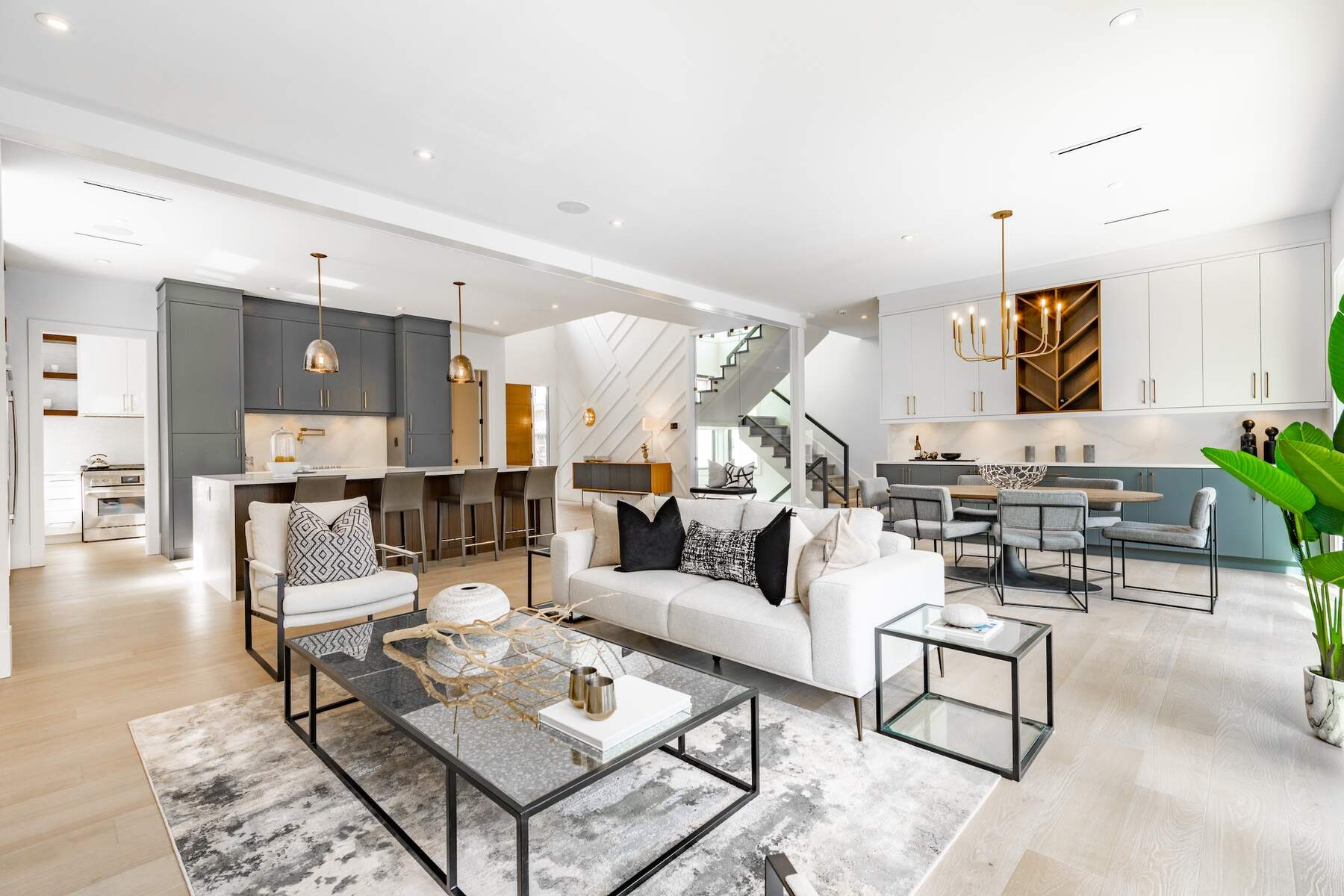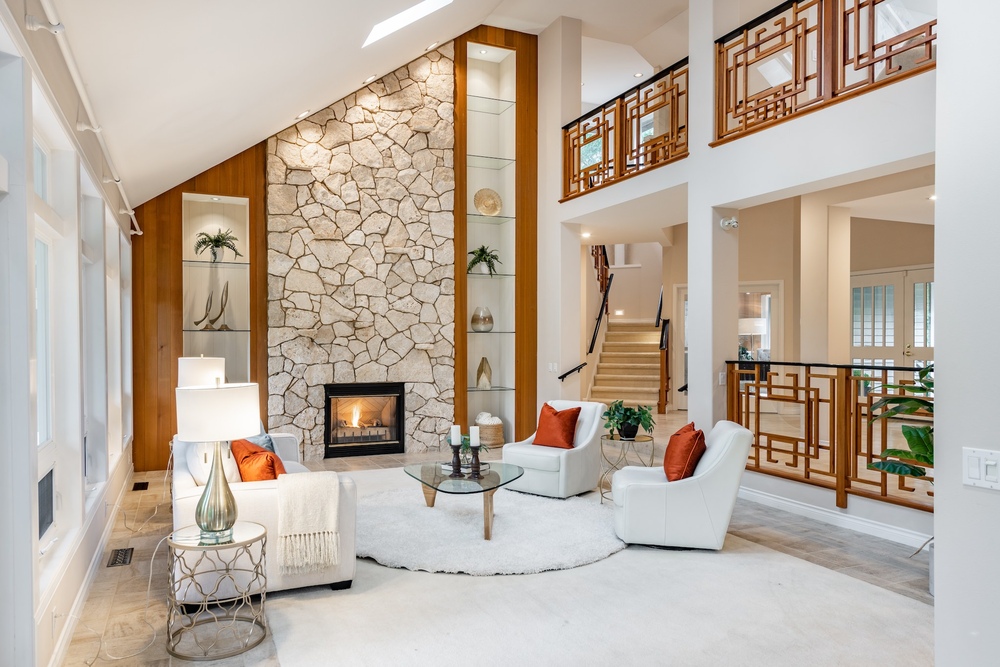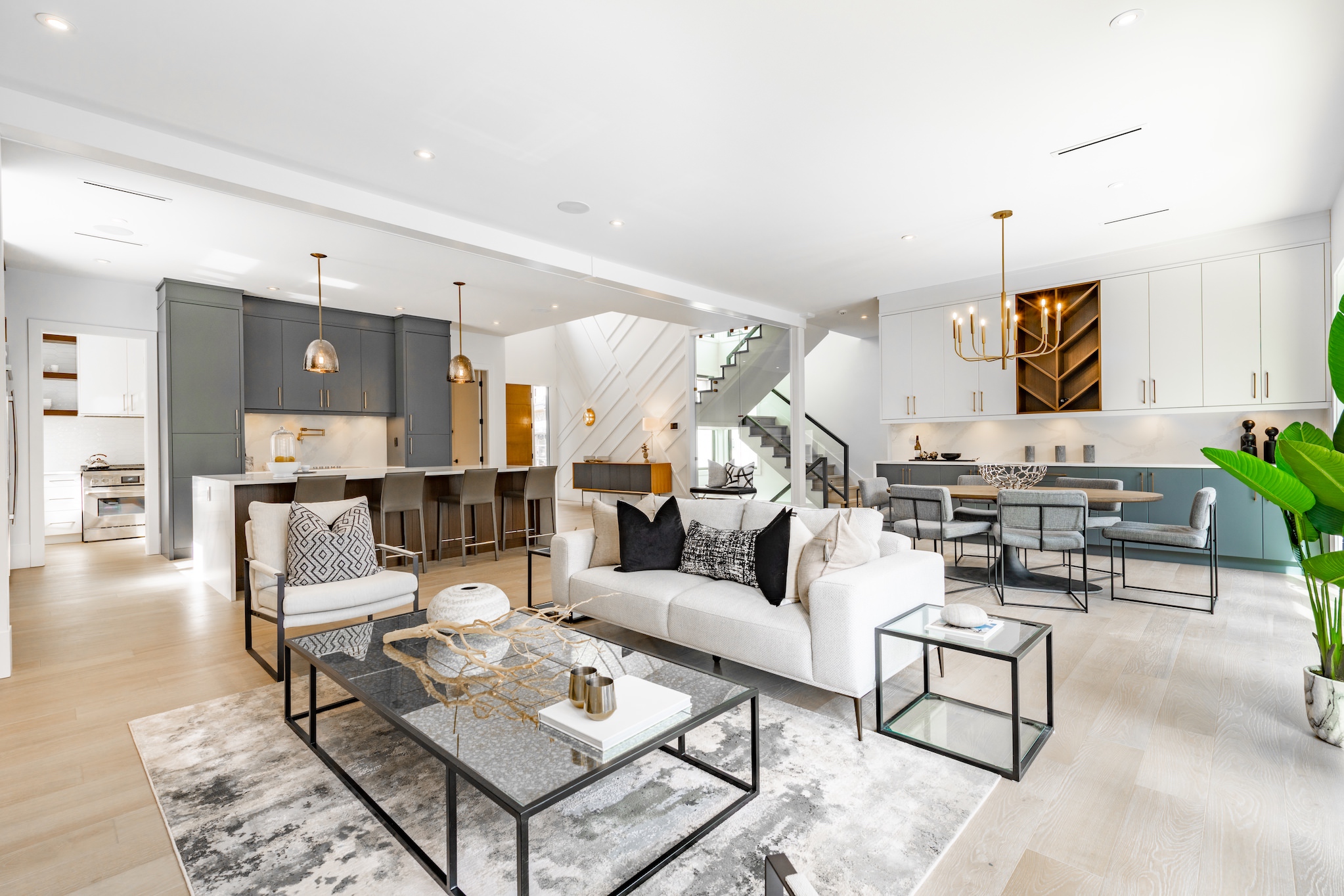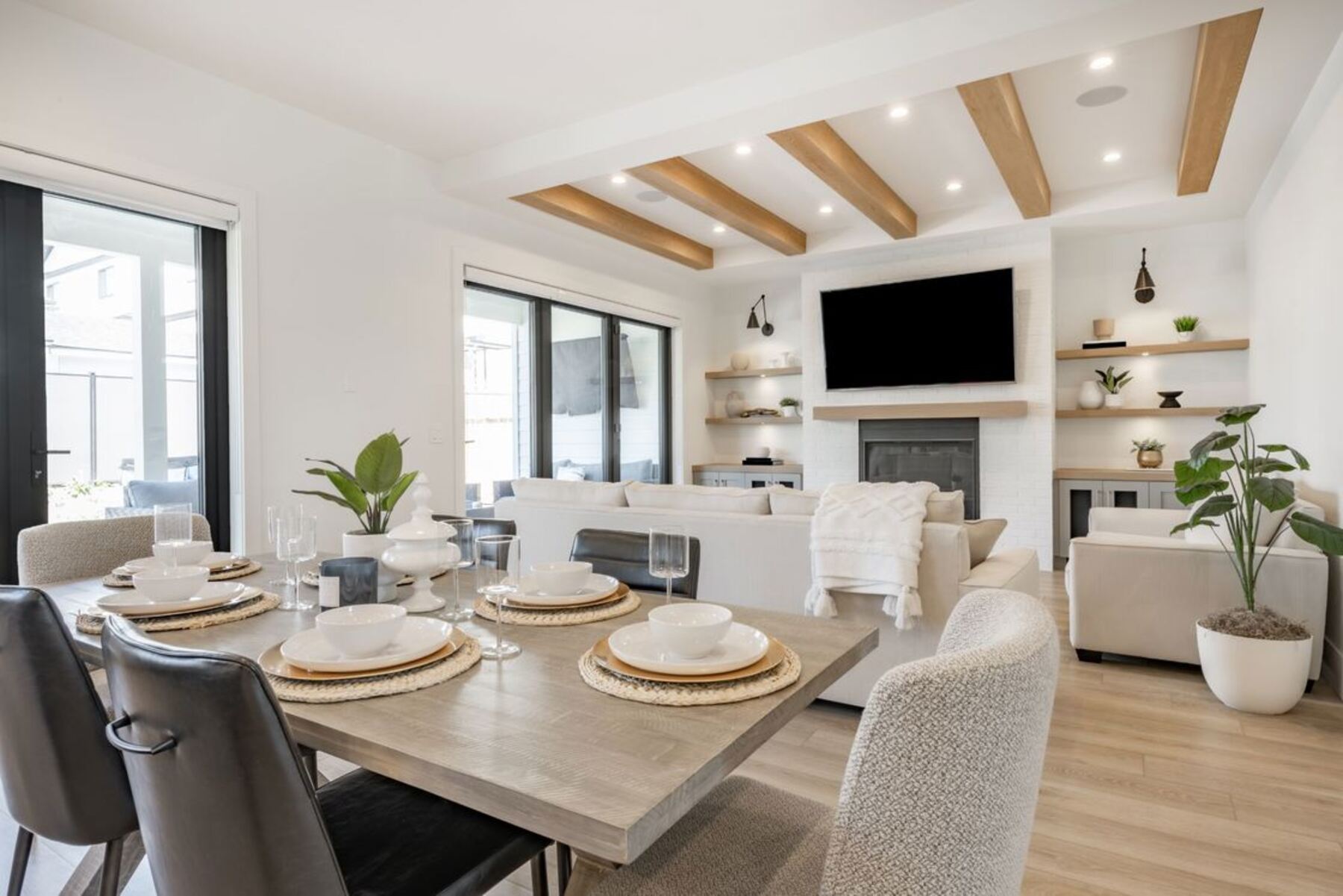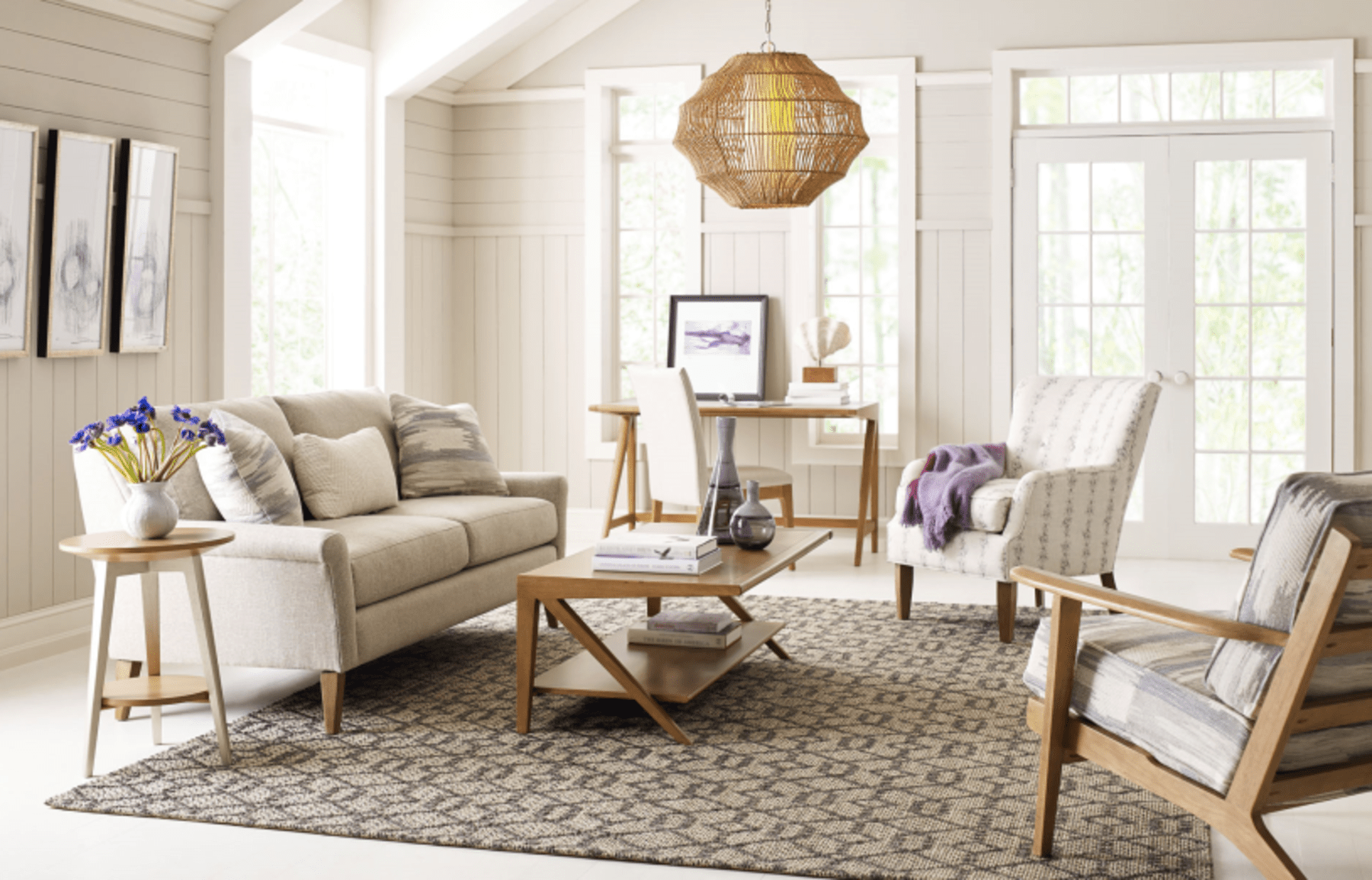I’ve wondered how I can create beautiful and functional interiors. Thus, I studied what are the 7 elements of interior design. I found out these are the foundations for a successful design project. I’ll discuss each of these elements in this article. So, continue reading and learning with me.
What Are the 7 Elements of Interior Design?
Our environment impacts our mood. So, whether redecorating or renovating our home or working on a commercial project, it’s essential to consider these seven elements. This way, we create beautiful spaces that serve their intended purpose.
These elements allow us to create a functional living environment. They have been my guide on my journey to transform my living space: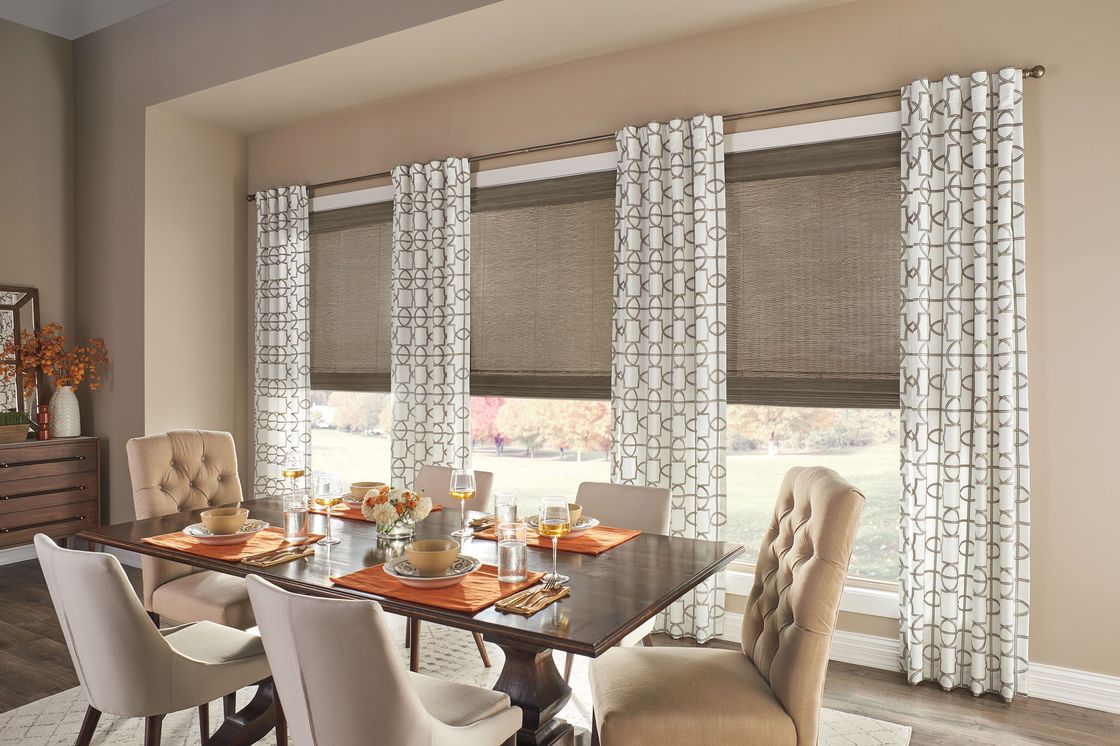
- Space
- Line
- Form
- Light
- Color
- Texture
- Pattern
Space
The fundamental canvas of interior design starts with space. Space is the empty canvas; it’s where we paint our design vision. So, understanding the spatial situation of a room is crucial. It affects how we come up with a functional area.
One of my personal experiences with space manipulation comes from my first apartment. It was a cozy one-bedroom unit, and I quickly realized that maximizing space was crucial.
I chose multifunctional furniture, like a sofa bed and wall-mounted shelves. This way, I save space. Also, I created a versatile living area that I could transform into a guest room as needed.
Principles of Positive and Negative Space
Interior designers often use this principle. Positive space refers to the areas filled with furniture and decor. Meanwhile, negative space is the unoccupied area. Balancing these two aspects is essential.
Let’s take, for instance, the use of multifunctional furniture like a loft bed with storage below. It can maximize positive space in a small bedroom. Meanwhile, leaving the floor area open for movement creates a sense of spaciousness.
Consider the Flow of Space
The flow of space is another aspect to understand. Consider how people will move within a room. Then arrange the furniture accordingly. Arrangements make a significant impact on functionality.
It can be a small studio apartment or a sprawling mansion. Yet, how we use and manipulate space makes a difference in the final design outcome.
Line
Lines are the architectural bones of interior design. They guide the eye and create a sense of order. Lines create visual interest. They contribute to the aesthetics of a space.
When I first learned about the significance of lines, I noticed them everywhere. It’s from the clean lines of modern furniture to the intricate patterns in traditional rugs.
The Effect of Horizontal Lines
They evoke a sense of stability and calmness. I often find them in features like lengthy and low bookshelves or the straight lines of a sleek, modern sofa.
I once experimented with using horizontal lines in my living room. Mainly, I incorporated a low, long coffee table and a linear striped rug. It gave the room a serene and balanced feel.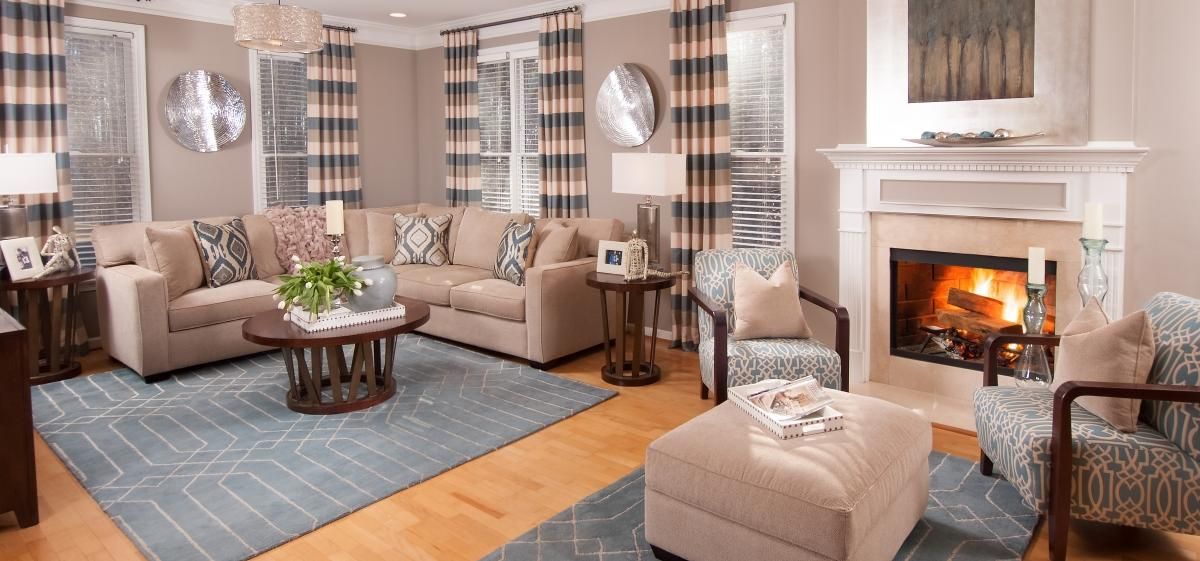
Create Magic Out of Vertical Lines
Vertical lines can draw the eye upward. Thus, it makes a room feel taller and more spacious. Think of tall windows or vertical stripes on wallpaper.
I’ve used vertical lines in my living room by adding tall bookshelves. It brings the effect of higher ceilings.
What Curve Lines Can Do
Meanwhile, curved lines add a sense of fluidity. They soften the harshness of straight lines and create a more welcoming atmosphere. Integrating curved elements like round coffee tables or arched doorways can balance a room filled with linear lines.
Form
It’s the shape and structure of objects and furniture concerning interior design. Think about how the appearance of a sofa or a coffee table affects the room’s aesthetic.
When I first started designing my home, I realized that the form of each piece played a role. For example, a room with geometric furniture exudes a modern and sleek vibe. Meanwhile, furniture with softer, organic forms lends to a more relaxed atmosphere. The interaction of different forms within a room can create harmony.
Remember that the scale and proportion of furniture and decor should also align with the overall form of a room. An oversized couch might overwhelm a small living room. Meanwhile, a tiny coffee table can get lost in a spacious den.
Light
Lighting is pivotal in interior design. It’s my favorite element, and I usually experiment with it. Light can affect the mood and functionality of a room. Layering different types of lighting, such as ambient, task, and accent lighting, can transform an area from dull to dynamic.
How Light Colors Work Wonders
Natural light is a precious resource. Maximizing it can make a space exude openness and inviting. Still, artificial lighting also plays a crucial role.
Warm-toned lighting creates a cozy ambiance. Meanwhile, cool-toned lighting is more energizing and modern. Consider the activities that will take place in a room. Then, choose lighting that complements them.
My Choices for Personal Lighting
As an interior decorator Vancouver, when planning my interior design services, I think about the light sources and how to use them to enhance the ambiance. Pendant lights, floor lamps, and wall sconces are a part of my design strategy.
I installed sheer curtains that allowed diffused natural light to flood during the day at home. Also, I installed dimmer switches in the dining and living rooms, allowing me to adjust the lighting based on the occasion. In the evenings, strategically placed lamps and pendant lights created cozy pockets of illumination.
Color
Ah, color – this element can instantly evoke emotions. Color sets the tone of a space. In interior design, it’s one of the most crucial elements.
When I decided to repaint my bedroom with a shade of blue, it transformed the room into a tranquil retreat. It provides me relaxation after a long day. On the flip side, I’ve seen friends use bold, contrasting colors to make a statement in their living rooms. They created an exciting and energetic vibe.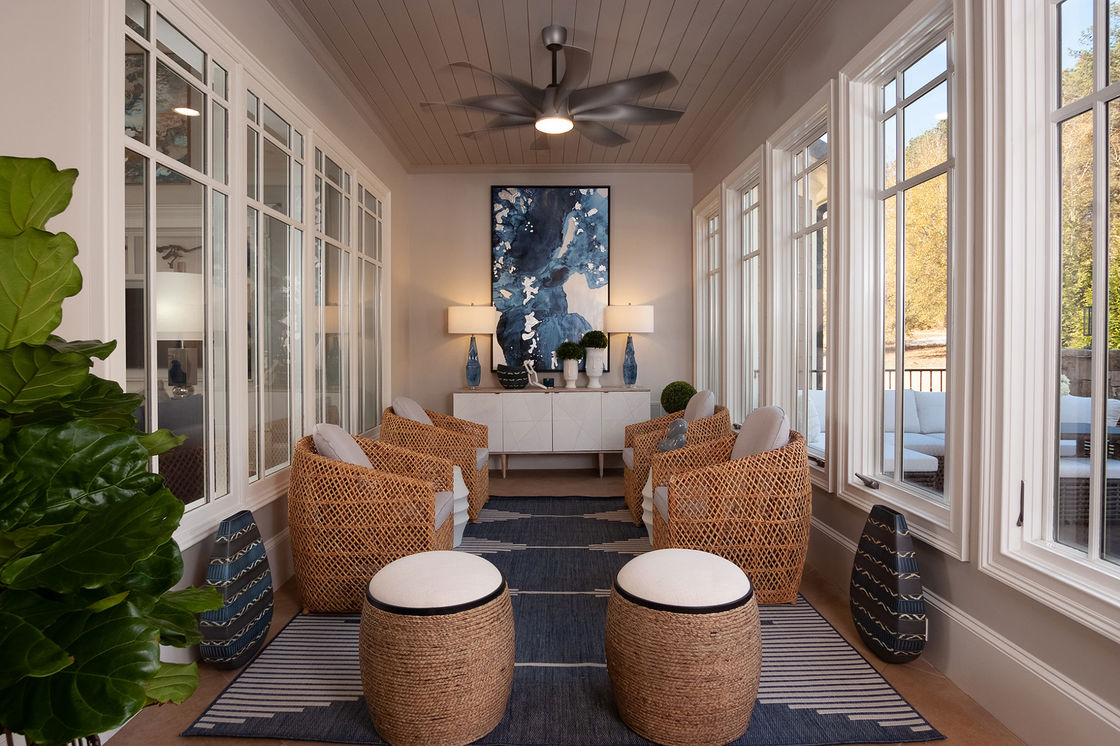
Color Palettes – Warm and Cool Colors
For a cozy and energetic atmosphere effect, warm colors, like yellow and red, work the trick. These colors work best for social spaces such as the living room. Meanwhile, greens and blues are cool colors that promote relaxation. They are great for bedrooms and bathrooms.
When I learned about the 7 elements of interior design, I understood that it’s crucial to consider the color palette as a whole. A well-balanced color combines primary, secondary, and accent colors that please the eye. Also, I experiment with color swatches and paint samples before I decide on a color. It saves me from possible design regrets.
Colors have psychological impacts. So, it’s essential to choose them well.
Texture
We often neglect this element. Yet texture can add depth and tactile appeal to an interior design. Also, it adds coziness to a room.
My adventure with texture began when I decided to redecorate my living room. I put a plush rug, tactile throw pillows, and a textured accent wall. Also, I brought in wooden accents. This transformed my space from ordinary to extraordinary.
Putting in a variety of textures can make a room feel more inviting. Consider mixing smooth, shiny surfaces like glass and metal with rougher textures like wood and stone. Soft textures like velvet or faux fur can provide comfort and luxury.
Effect of Texture on Sounds
Texture also affects the sound quality in a room. This is especially important in open-concept spaces or rooms with high ceilings.
Adding textured elements like curtains, rugs, and upholstered furniture can help absorb sound. Also, they create a more pleasant auditory experience.
Pattern
Patterns add personality and visual interest to interior design. I find them in everything. It’s from the wallpaper and upholstery to rugs and curtains. Also, patterns can influence the perception of space:
- Horizontal stripes can make a room feel spacious.
- Vertical lines can make it seem taller.
- Geometric patterns can produce a feeling of structure.
- Organic patterns like waves or leaves add a more relaxed feel.
How I Use the Pattern Element
When I first experimented with patterns in my home, I was amazed at how they could transform a space from bland to vibrant. Mixing patterns can be tricky. So, here’s how I deal with it:
- I usually start with a dominant pattern, setting the tone for the room.
- Then, I add smaller-scale patterns as accents. For example, you can complement a bold floral wallpaper using smaller floral patterns in throw pillows or curtains.
In a friend’s home, I admired how they used geometric patterned wallpaper. They used it as a focal point in their dining area. This bold choice added character and depth to the room and became a conversation starter.
When incorporating patterns, be mindful of scale and balance, though. Mixing patterns can be exciting. Still, ensure they complement each other rather than clash. Consider using a dominant motif with smaller-scale ones for a harmonious look.
Frequently Asked Questions
What Is the Significance of Color and Pattern to Interior Design?
Patterns can create visual variety, which brings contrast. Meanwhile, color adds depth and emotion to our space. These elements combined create a visually appealing interior.
How Do Lines Impact the Design of Our Interior?
Lines affect the flow and visual perception of a room. We define the shape and structure of a space using them. In particular, vertical lines can make a space feel taller. Meanwhile, horizontal lines can create a sense of width and stability.
Does Light Affect Interior Design?
Yes, light effects affect the atmosphere of a space. Both natural and artificial light highlight design elements, similar to a West Coast Contemporary vibe. Also, lights create focal points. They influence the perception of color and texture.
Conclusion
These elements are not inflexible rules. They are tools to help us with our creativity. We can experiment and push boundaries. After all, interior design’s beauty offers unlimited possibilities. So, what are the 7 elements of interior design? They are our allies, making our living spaces into something truly extraordinary.



